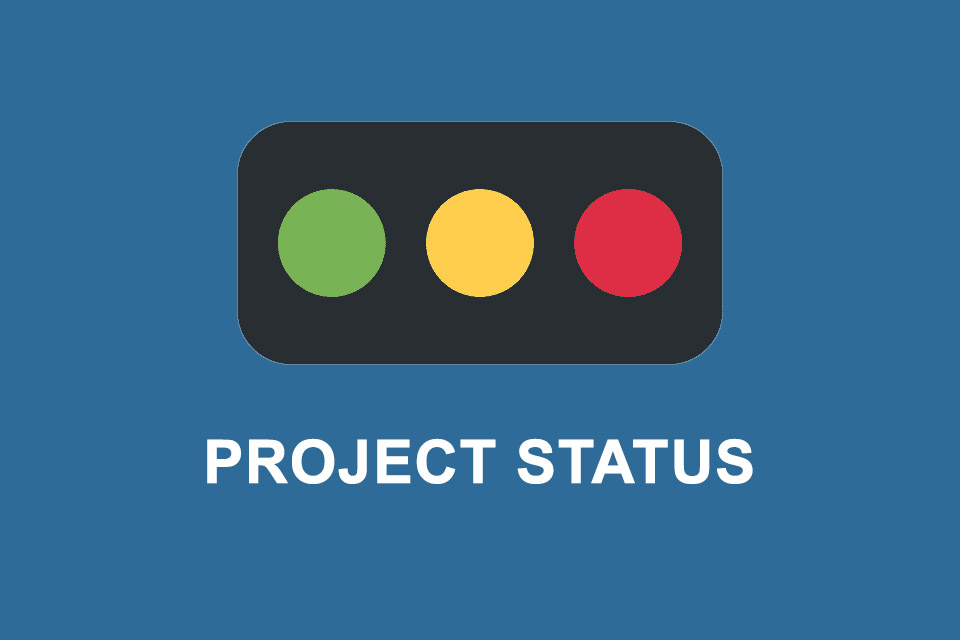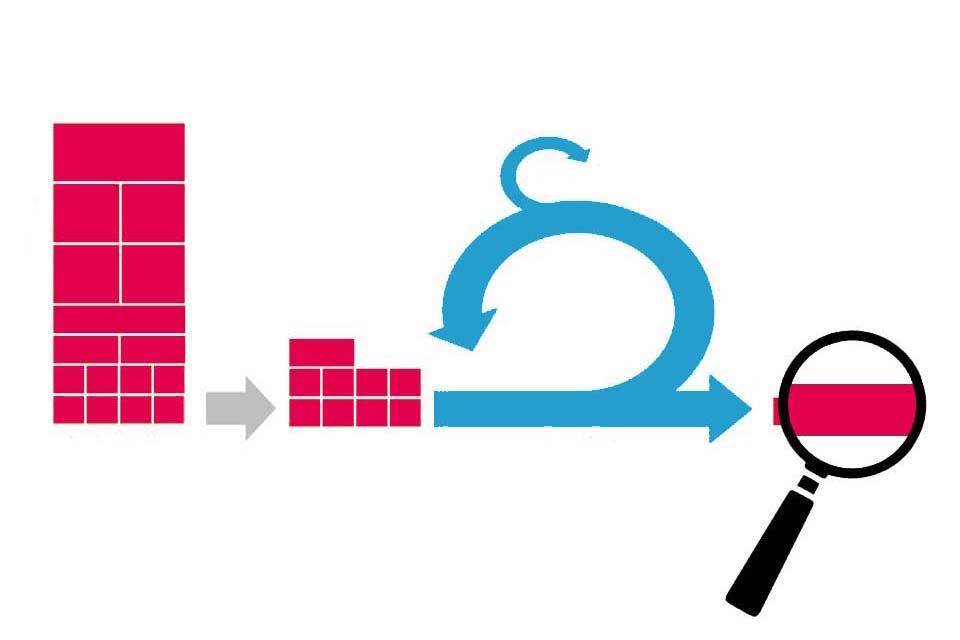What is the Project Status?
Smartpedia: The project status expresses the progress and condition of a project on a key date. Key figures, indicators or visual features are used as means of expression.
Project status – Where does the project stand, how is the project doing?
“Everything is currently in the green zone!” – this could be the short description of the current state of a project. Interestingly, there is more content in this short description than might appear at first glance. “Everything”, for example, indicates that a sum of information contributes to this assessment. “… currently …” indicates that it is a current statement on a key date and that the project status may change over time. “…in the green zone” reveals that there is a graduated colour coding that expresses the state of the project. And last but not least, “Everything currently in the green zone!” also means that it is an assessment; an evaluation of the progress of a project.
In short, the project status is the assessment of the current project progress and project state on a reference date. In a figurative sense, it answers the questions “Where does the project stand?” and “How is the project doing?
The addressees of the project status
There can be a whole range of people and groups of people who are interested in a project status:
- company management,
- governing bodies such as the steering board, change control board or shareholders’ meeting,
- project management office,
- project staff,
- clients,
- customers,
- suppliers and
- partners.
In other words, a selection of stakeholders. Stakeholders are persons or organisations that are directly or indirectly affected by or have an interest in the activities (and projects) of a company. Interestingly, the information that these persons or organisations want to know about the project varies:
- For example, a client wants to know if the project will be completed on time and thus as agreed.
- A project management office may want to know whether the capacity allocated is sufficient to complete the project on time.
- The governing body may want to know what decisions are needed to keep the project within the agreed budget.
- And for the company management, a simple visual representation in the form of a traffic light is often sufficient. With “green – everything is fine” and possibly also with “yellow – there is a need for action”, the management does not become active itself, but with “red – the project’s success is at risk” it does.
The addressees of the project status (and a documented project status report) provide the information that is needed in general or in particular.
Contents of the project status
The project status can express a wide variety of aspects of a project, including
- the project phase the project is in (e.g. in preparation, planning, implementation, completion or commissioning),
- the stage of completion of individual work packages, e.g. using the 0/100, 20/80 or 50/50 method,
- the consumption of human, material or financial resources, supplemented by a cost trend analysis if necessary,
- the schedule situation, supplemented by a milestone trend analysis if necessary,
- the risk assessment with reference to the overall project or individual project aspects, if necessary presented in the form of a risk matrix.
Since the project status is always a snapshot, there should be agreement in the organisation that the determination (or assessment) is a regularly recurring task that extends across the different project phases. The means of expression used for this (quantitative values, qualitative evaluations, indicators such as earned value or a schedule performance index) and when the determination is made must be agreed individually with the addressees.
Impulse to discuss
Should project staff satisfaction also be an indicator of project status?
Notes:
Here you can find a German video about the related topic Project Status Report.
Here you will find a template to document status information of a team.
If you like the article or would like to discuss it, please feel free to share it in your network. And if you have any comments, please do not hesitate to send us a message.
And here you will find additional information from our Smartpedia section:



